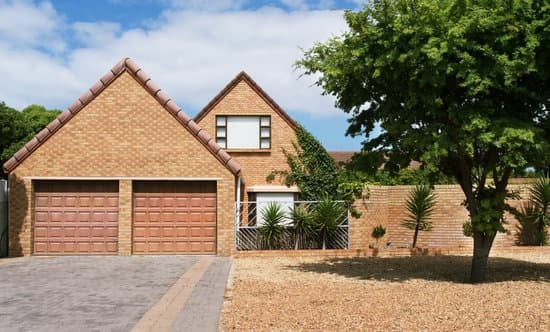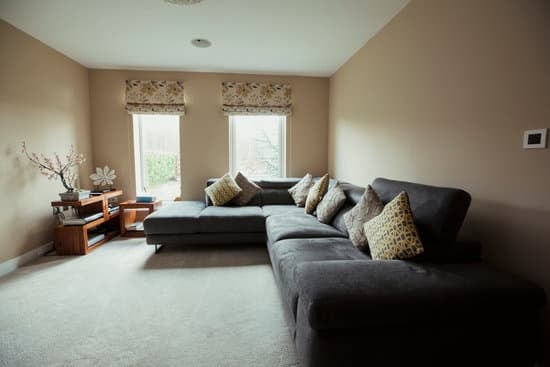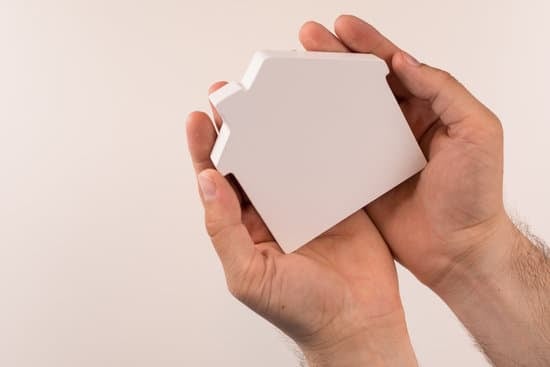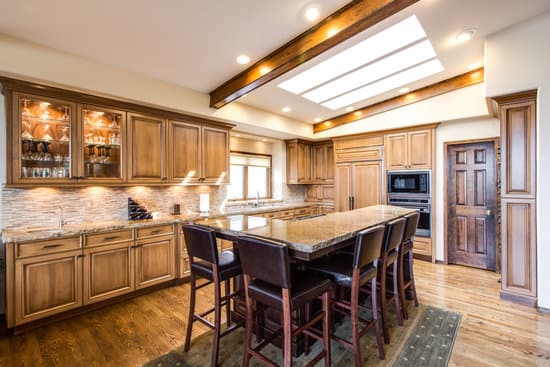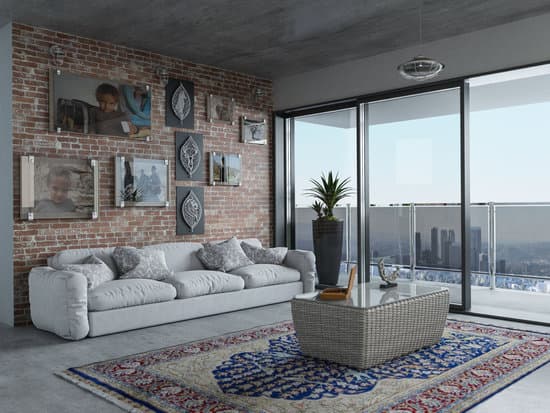The Origins of Andalusian Decor
Andalusian decor is deeply rooted in the history of Spain’s southern region of Andalusia. This area was once under the rule of the Moors, a Muslim dynasty that was known for their exquisite artistic vision and architectural marvels. The Moors assimilated their own style with the Spanish culture, creating a unique fusion that is evident in Andalusian decor. The traditional Moorish style is characterized by intricate geometric patterns and ornate designs. These elements were integrated into Spanish architecture in Andalusia, resulting in spaces that are as beautiful as they are functional. Andalusian decor features a blend of bold colors, intricate patterns, and innovative materials that are a reflection of the region’s rich cultural history. Fun fact: The name Andalusia is derived from Al-Andalus, the name given by the Moors to the Iberian Peninsula.Key Features of Andalusian Architecture
Andalusian architecture is known for its decorative elements that are a reflection of the Spanish and Moorish styles. The key features of this decor style include:- Tile work: Azulejo tiles add a distinct Spanish flair to Andalusian decor. These turquoise and cobalt blue tiles are used to infuse color and detail into buildings, walls, and floors.
- Ornate iron: Wrought iron grates and fences add an industrial touch while also providing security and privacy. These metallic elements are often seen in window and door frames, streetlights, and gates.
- Wooden accents: Heavy wooden doors and ceiling beams are a staple in Andalusian decor. Dark-stained wood gives the home a warm, cozy feel, which contrasts perfectly with the bright tile work.
- Fountains and courtyards: Water is an integral part of Andalusian decor. Fountains are often seen in central courtyards, adding a cooling element to the design.
Azulejo Tiles: The Heart of Andalusian Style
If there is one element that defines Andalusian decor, it is the Azulejo tile work. These vibrant, hand-painted tiles are a hallmark of Spanish and Moorish architecture and are commonly used to embellish walls, floors, and even rooftops. The intricate patterns and vibrant colors of Azulejos are inspired by the region’s natural beauty and Islamic roots. These tiles feature a mix of floral motifs, geometric shapes, and calligraphy that makes them instantly recognizable. And whether used to create an accent wall or to tile an entire room, Azulejos add a pop of color and drama that is impossible to replicate with any other type of tile work. Did you know: The word Azulejo comes from the Arabic word az-zulayj, which means polished stone.The Beauty of Wrought Iron Gratings
Wrought iron is a signature of Andalusian style decor. These heavy-duty metal grates, gates, and railings are not only functional but also serve as a design element. The swirling patterns and intricate details of wrought iron add a sense of elegance and sophistication to any space and are often used to highlight doors and windows. Beyond the ornamental aspect of wrought iron, it also serves a practical function. Andalusia has a warm climate, making it necessary to have secure windows and gates that allow for air flow. Wrought iron grates and gates provide protection while also enabling a continuous circulation of fresh air, making them a practical and stylish choice for any home. Pro tip: If you’re hesitant to commit to wrought iron window grates, try adding some smaller accents such as candle holders or wall sconces to test the waters.The Role of Landscaping in Andalusian Decor
Landscaping is an integral part of Andalusian decor and is designed to create a seamless transition between indoor and outdoor spaces. Andalusian gardens are characterized by their lush foliage, brightly colored flowers, and the soothing sound of running water. Central courtyards and fountains are a common feature in Andalusian homes, providing a refreshing respite from the summer heat while adding a touch of tranquility. Water plays an important role in the design of these gardens, with fountains, ponds, and streams adding a sense of peace and serenity. Fun fact: Andalusian gardens served as inspiration for the design of the Alhambra, the imposing fortress-palace complex located in Granada, Spain.Contemporary Applications of Andalusian Decor
Andalusian decor is not just limited to traditional homes and villas. Modern designers have found a way to incorporate these elements into contemporary designs, creating a unique blend of old and new. While traditional design elements such as Azulejos and wrought iron remain popular, modern designers are experimenting with new materials, textures, and colors. The result is a dynamic blend of the old and the new, creating spaces that are both stylish and functional. Pro tip: If you’re looking to incorporate Andalusian decor into your home, start small with accent pieces such as a colorful Azulejo-inspired planter or a sleek wrought iron lamp.Creating Your Own Andalusian-Inspired Space
If you’re looking to create an Andalusian-inspired space in your home, start by incorporating some of these design elements:- Use Azulejos as an accent wall or backsplash in the kitchen.
- Invest in wrought iron accents such as candle holders, lamps, and wall decor.
- Create an indoor garden or courtyard with lush foliage and a central fountain.
- Consider darker wood tones for your doors and ceiling beams.
- Incorporate bright, bold colors such as cobalt blue, turquoise, and burnt orange.








